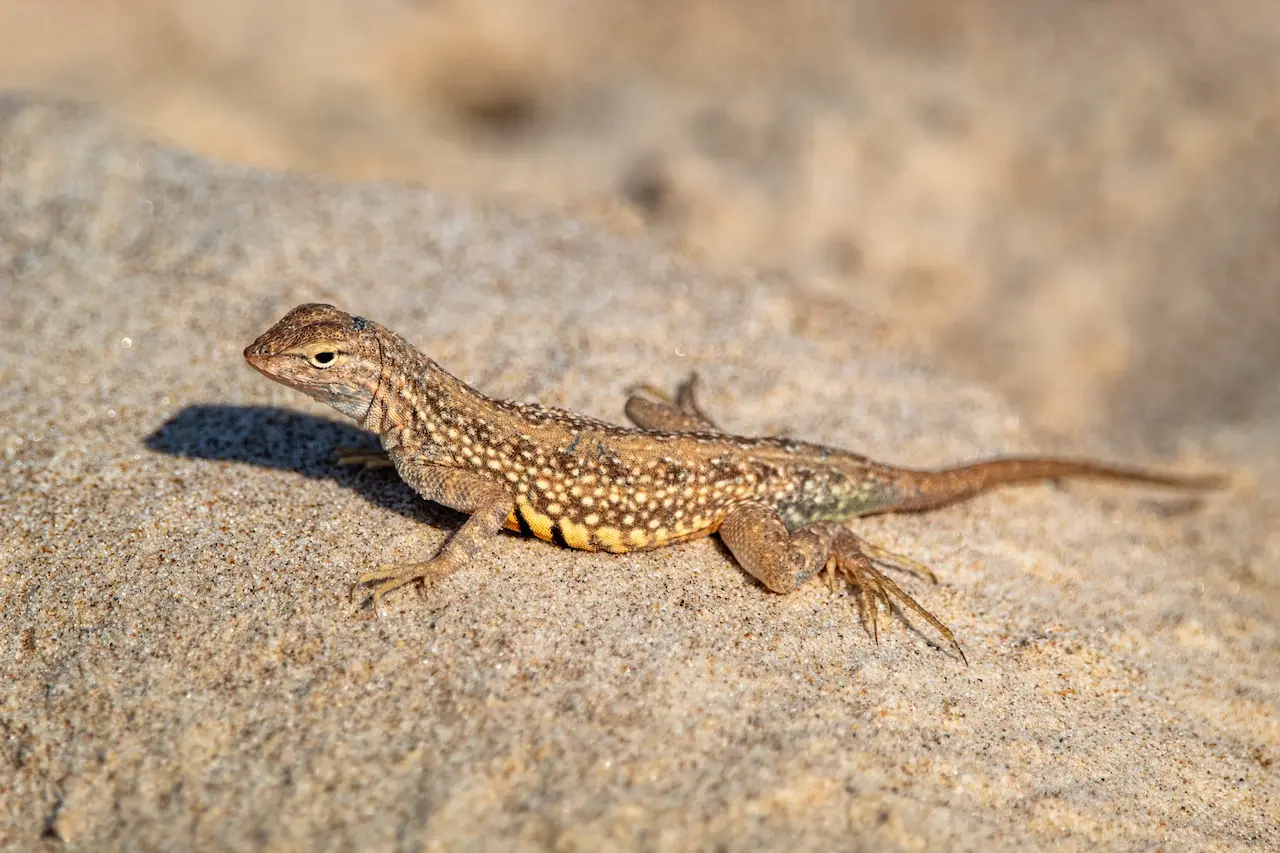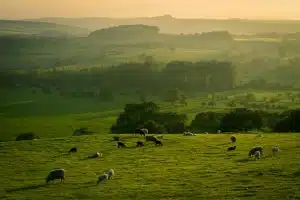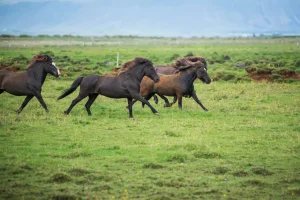Sand lizard fact file

The
Sand lizard fact file
- Common name – Sand lizard
- Scientific name – Lacerta agilis
- Size – average length of an adult is around 20cm
- Identification tips – sand lizards have relatively broad bodies giving a low, stocky appearance. The underlying pattern and colour of both male and female is a mottled brown and beige, particularly along the back. The most striking feature appears on the males, the flanks are predominantly a speckled green which becomes more intense in the breeding season.
- Preferred habitat – sandy heathlands and sand dunes.

- Diet – primarily carnivores, sand lizards will eat any type of insect and invertebrate eg beetles, spiders, worms, slugs…
- Breeding – eggs are laid in a small sandy hollow during the months of June and July. The baby lizards emerge around six weeks later.
- Other points – once nearly extinct in Britain, sand lizards are now protected by law, and are still classed as an endangered species. Numerous successful breeding progammes across the UK have resulted in an increase in the sand lizard population, but there are still only a few places where they live, the heathlands of the New Forest being one of them.
Related Pages:

Why Time in Nature Complements Daily Astrological Guidance
Many of us start the morning with a quick look at our horoscope. A few lines can help name our mood, highlight a tension, or point out an opening in the day. What often gets

UK’s best natural spots
Wilderness escapes are not for everyone, that’s for sure. Some people simply prefer holidays where they can lounge all day and take it easy instead of being active, going hiking, swimming, or cycling. But there

Tech Hacks for Exploring the New Forest National Park
The New Forest National Park in the UK is one of Britain’s most enchanting natural destinations. Covering ancient woodlands, open heathlands, and winding walking trails, it offers visitors a chance to step back in time

The Benefits of Outdoor Life for Horses
Life outdoors shapes stronger, healthier horses. Sunlight fuels the body with vitamin D, which helps bones grow dense and resilient. Space allows movement that stables cannot match. A horse stretching into stride, breathing clean air,

New Forest Getaway
The New Forest in southern England is unlike anywhere else, one moment you’re on a country lane, the next you’re face to face with a pony blocking traffic. Villages with thatched roofs appear out of

How Satellite Imagery is Transforming Wildlife Conservation
Today, a myriad of species and their habitats are struggling to survive and are on the verge of extinction due to permanent pressure on deforestation, climate change, and unlawful activities like illegal mining and logging.
